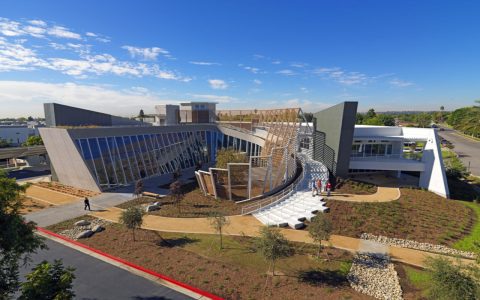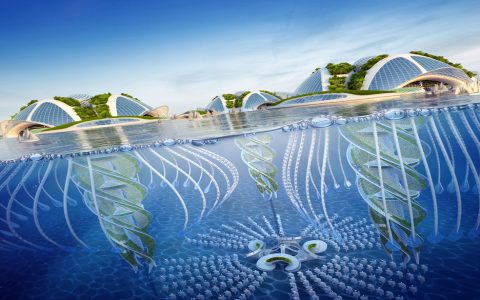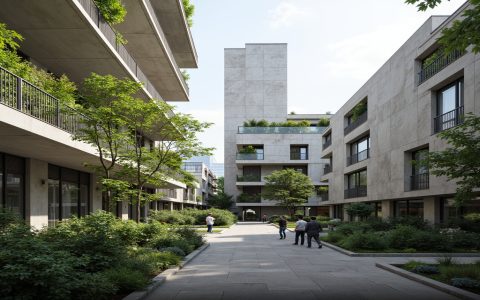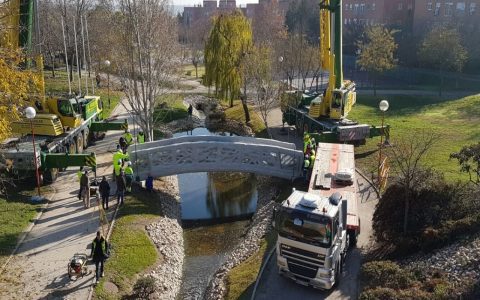Crafting an exceptional architecture-focused community center requires intentional design and programming. Here are 5 actionable strategies:
Focus on Flexible Spatial Design
Prioritize adaptable layouts. Employ movable walls, modular furniture, and open floor plans to accommodate diverse activities simultaneously – from large lectures to intimate workshops. Ensure spaces flow seamlessly to encourage spontaneous interaction.
Integrate Universal Accessibility
Embrace universal design principles comprehensively. Ensure physical accessibility (ramps, elevators, ergonomic furnishings) and sensory accessibility (acoustic treatments, visual contrast, tactile exhibits). Provide multilingual resources and diverse programming formats to welcome all community segments.
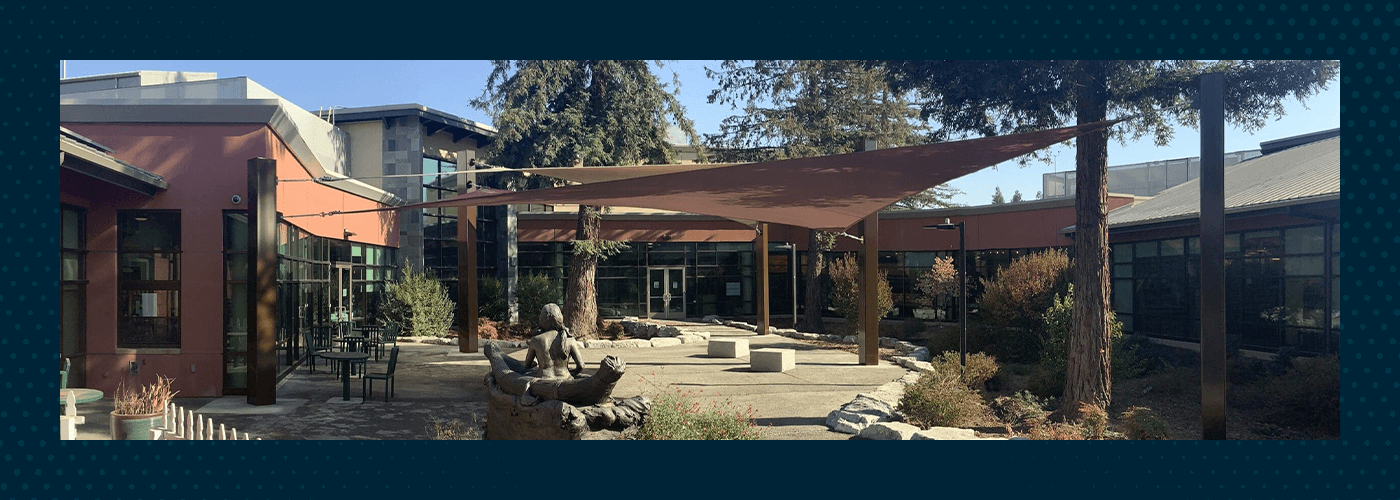
Cultivate Community Partnerships
Forge strategic alliances with:
- Local architecture firms for mentorship programs
- Academic institutions for continuing education
- Artisans/makers for hands-on workshops
- Municipal planning departments for policy dialogues
Leverage partners' expertise to co-create relevant content.
Embed Sustainability Demonstrations
Make the building itself an educational tool. Showcase:
- Passive design strategies (natural ventilation, daylighting)
- Locally sourced/recycled materials
- Renewable energy systems (visible solar panels)
- Water reclamation features
Include interpretive signage explaining these elements.
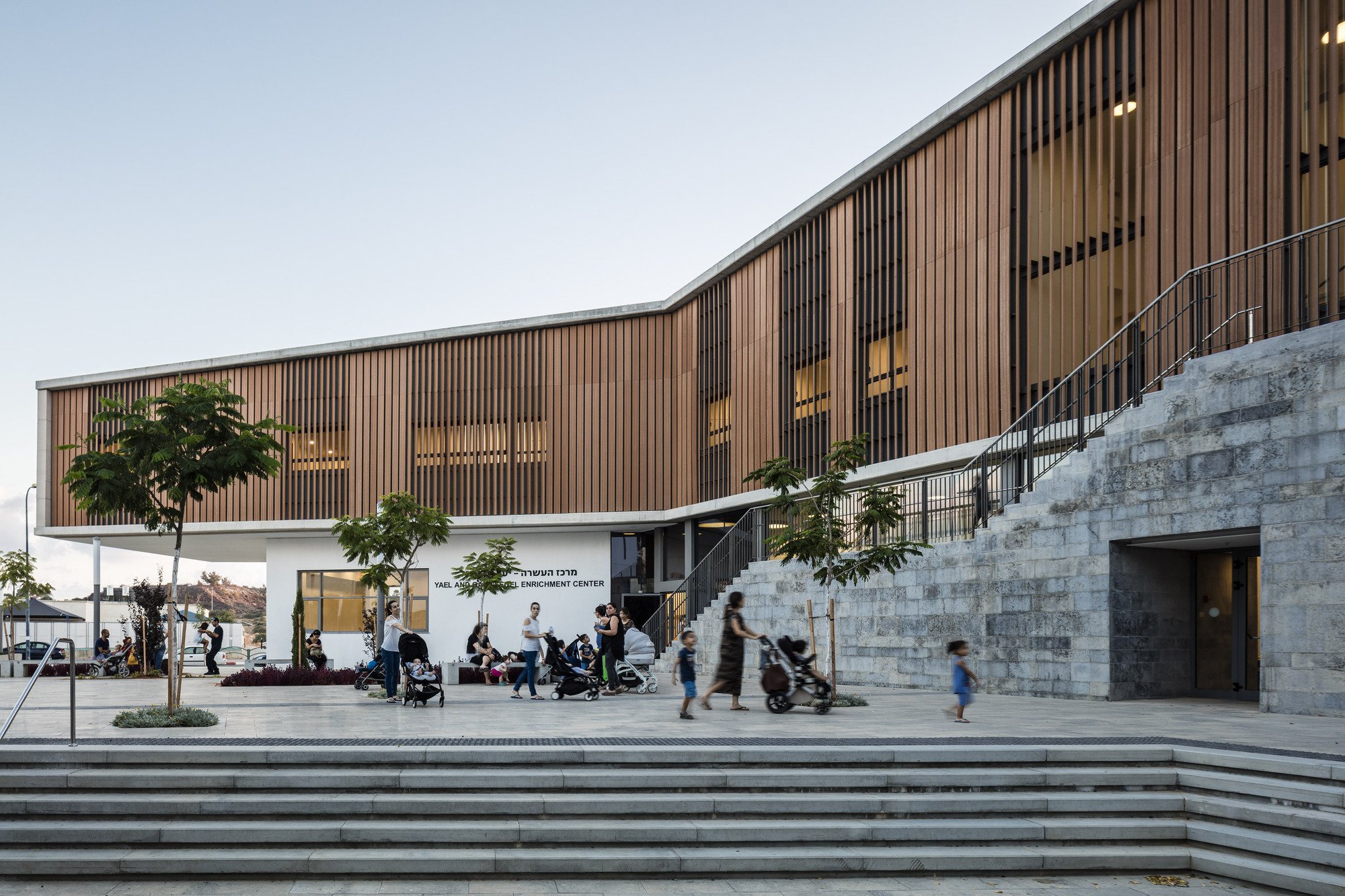
Implement Responsive Digital Integration
Create a hybrid physical/digital hub:
- Install collaborative digital design stations
- Develop a community platform for project sharing
- Offer VR/AR tools for design visualization
- Livestream key events with interactive Q&A
Ensure robust Wi-Fi and device lending programs.
Consistently gather user feedback through surveys and open forums to iteratively refine programs and spatial usage, ensuring the center dynamically serves evolving community needs.

